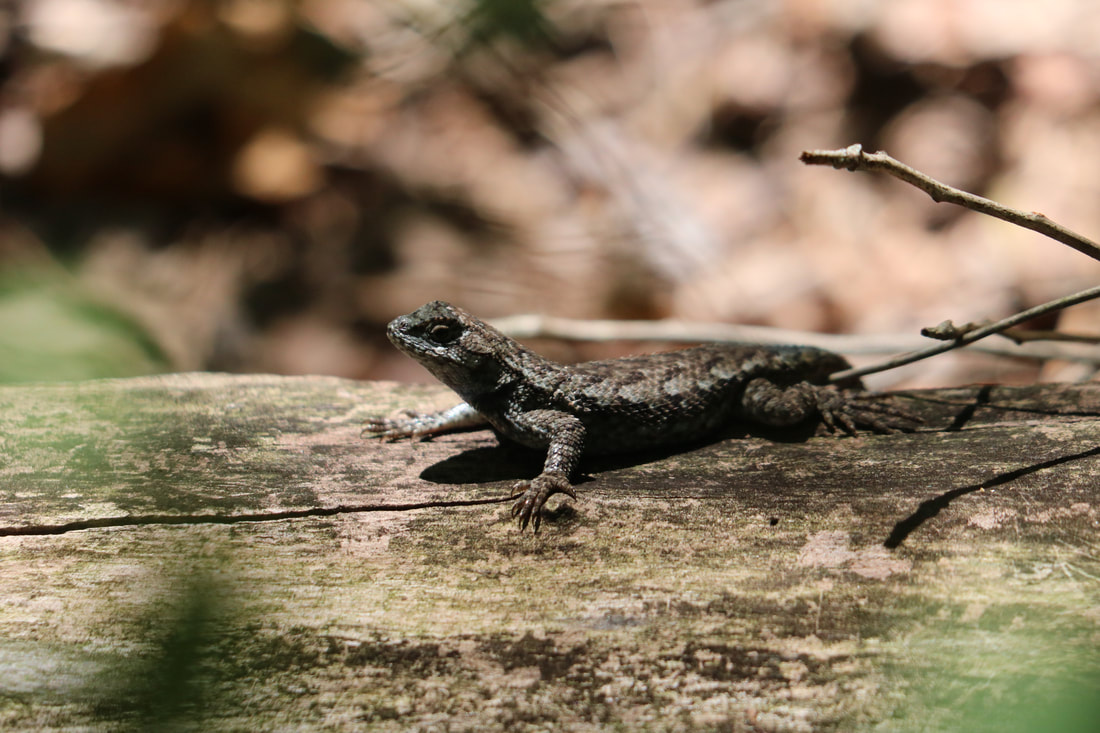April 9
I visited Amnicola Marsh and spent a pleasant morning there. I had seen a report of ten Great Egrets were hanging out there and decided to see if they were still present. Not only were they still present, but their numbers had grown to 15. Most stood still, waiting for a fishy meal while one flew across the marsh to roost nearer the highway.
As I watched the egrets, I saw a bird take off from a nearby snag. It plunged into the water and returned to the snag. The morning light clearly revealed it as a male Kingfisher. I am not sure why kingfishers delight me so, but it is always a pleasure to see them, particularly in hunting mode. This one dove again and again, possibly harvesting small prey, or missing altogether. He soon flew off with a chortle.
A flock of small ducks took to the air from nearby water weeds and revealed the blue of their upper wings. I suspected these Blue-winged Teal would soon be off to nesting grounds, but I later saw a pair swimming in stately grandeur. The white crescent on the male’s face was clearly visible.
I was also delighted to see that the Red-winged Blackbirds had returned. Males sang their three-syllable proclamation from every prominent branch. Energetic swallows flew past them swooping down to collect meals of insects.
As I worked my way around the pond, the usual suspects appeared. Cardinals, chickadees, titmice, and robins sang from many branches as Mourning Doves lifted from the ground to take refuge in thickets.
At the far side of the pond, a pair of Canada Geese shepherded a clutch of five young away at my approach. Another goose flew a bit close and one of the parents gave a loud hiss with outstretched neck and open beak. One of the Egrets suspiciously eyed the goslings.
A few coots swam out beyond the Canada Geese, and I returned to my car without further sightings.

 RSS Feed
RSS Feed